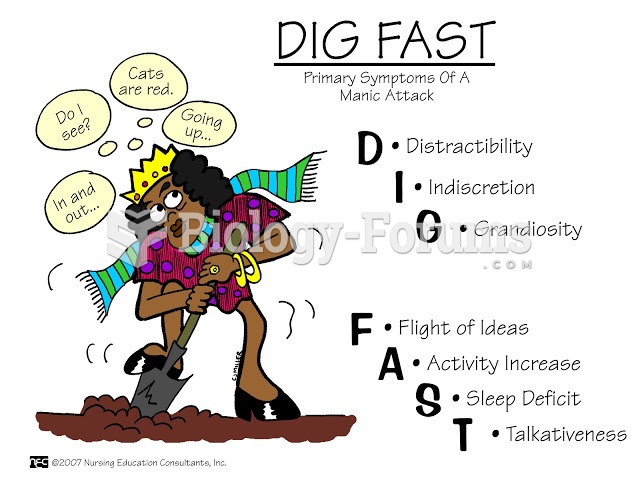Answer to Question 1
A manic episode, which is the hallmark feature of BP, involves a discrete period of a week or more during which the youngster displays an ongoing, pervasive, and unusually elevated or irritable mood and persistently increased goal-directed activity or energy. This episode is accompanied by the types of symptoms we have been describing such as an exaggerated self-esteem, a reduced need for sleep, racing thoughts, rapid and frenzied speech, attention to irrelevant details, increased activity, or overinvolvement in pleasurable but often reckless and risky behaviors. A hypomanic episode has features that resemble a manic episode in quality but are less intensethe mood disturbance and increased activity or energy are less severe, of shorter duration, and produce less impairment in functioning than a manic episode. DSM-5 also includes a specifier of with mixed features, which can be used when a current manic or hypomanic episode includes subthreshold symptoms of depression or dysthymia or when an episode of MDD includes subthreshold symptoms of mania or hypomania.
Answer to Question 2
The ACTION acronym is used to nourish the idea that youngsters can have an impact on their (Stark & Kendall, 1996, p. 14): A Always find something to do to feel better. C Catch the positive. T Think about it as a problem to be solved. I Inspect the situation. O Open yourself to the positive. N Never get stuck in the negative muck. Multiple treatment procedures are used to reduce the child's mood disturbances, behavioral deficits, and cognitive symptoms: Dysphoria, anger, anhedonia, and excessive anxiety are treated by educating the child about the relation between mood, thinking, and behavior, and by using anger management procedures, scheduling pleasant activities, and relaxation training. Interpersonal deficits are treated using social skills training. Cognitive distortions and negative and self-critical thinking are addressed by using cognitive restructuring procedures and training in effective problem-solving and self-control procedures.







